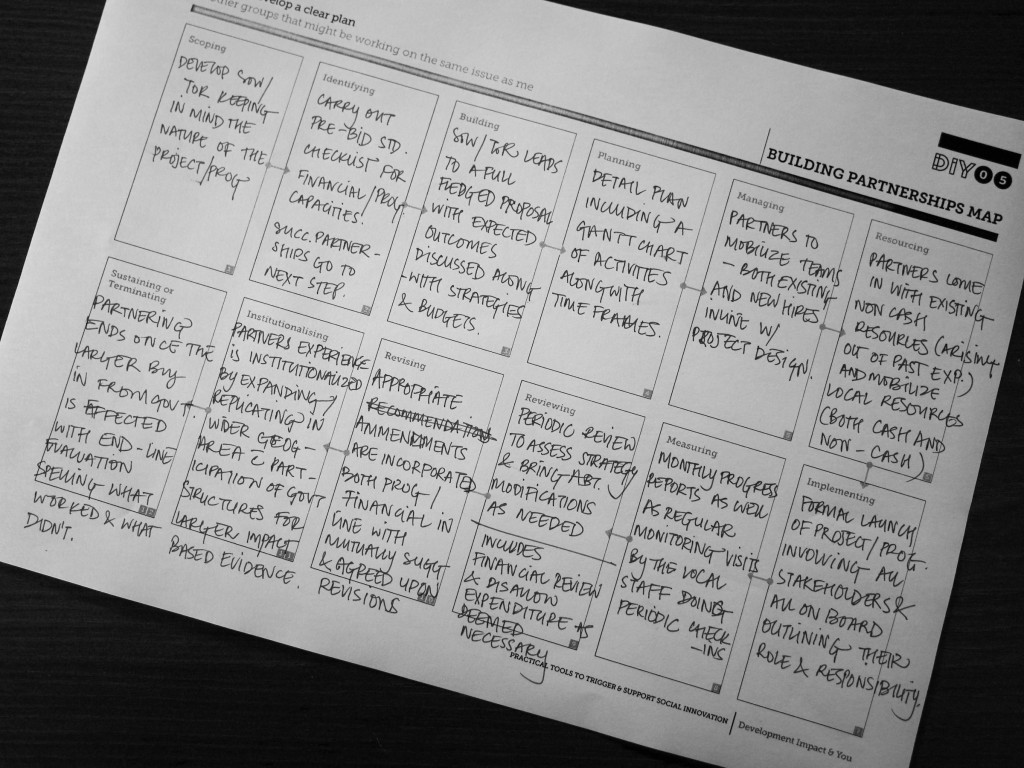
Problem
MPTAST (Madhya Pradesh Technical Assistance and Support Team) is a part of the MP Health Sector Reforms Project (MPHSRP) and supports the State Health department in achieving milestones for improved health, nutrition, water, sanitation and hygiene services in 16 identified, underserved districts in the state of Madhya Pradesh, India.
The project anticipates that by 2015, Madhya Pradesh families and communities will benefit from an integrated package of high-impact and high-quality health services delivered in a coordinated, sustainable and cost-effective manner and requires partnering with several stakeholders (operating at a micro and macro scale) to help achieve this impact.
We are currently in the process of identifying various partners that will work in 8 districts (serving a population of roughly 72 million people) on various aspects of the program :
- NGO Partners who are meant to carry out program evaluations in the form of baseline and mid term research and an impact assessment at the end of the project.
- Capacity building NGOs who develop and modify Participatory Learning Action (PLA*) modules and are also responsible putting a management information system in place.
- An implementing partner for rolling out the PLA modules.
- An agency to provide technical support to government counterparts, i.e. the State Livelihood Mission (SRLM), and help them identify a HR agency to recruit and manage the HR on behalf of the government.
Why we used this tool
Bringing these (afore mentioned) partners with vary levels and varying nature of involvement has proven to be a real challenge for us. Hence we used the Building Partnerships tool to map out how to proceed with engaging with these four specific stakeholders, even before they have been identified.
What were the results of using this tool
This tool analytically separated several related concepts/dimensions to forging partnerships which needs to be kept in mind while building them. It becomes very important to recognise these finer points so that none are missed out however small it may be.